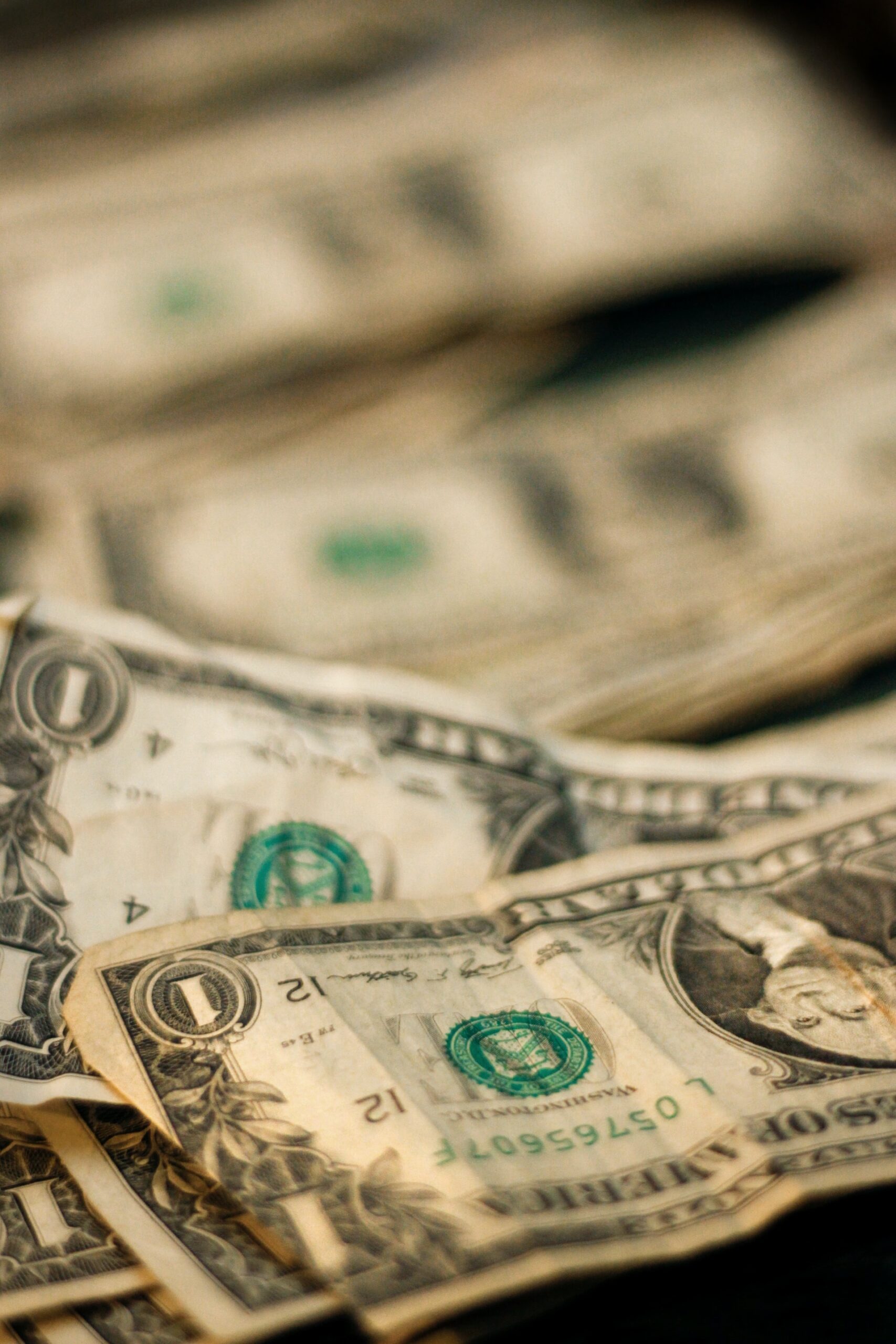Contents
Is monetary theory important?
What is monetary theory-In the ever-evolving landscape of finance and economics, understanding the intricate web of monetary theory is essential. Monetary theory encompasses the principles and concepts that underpin the monetary systems we rely on today. In this comprehensive guide, we will delve deep into the realm of monetary theory, exploring its historical significance, key concepts, and the evolution of monetary systems. We will also examine the role of central banks and the various schools of thought that have shaped monetary theory over the years. So, let’s embark on this enlightening journey through the world of monetary theory.
Introduction to Monetary Theory
Definition of Monetary Theory
Monetary theory is the cornerstone of modern economics, focusing on the study of money’s role in an economy. It encompasses the principles governing the creation, distribution, and management of money. Understanding monetary theory is vital for individuals, businesses, and policymakers alike, as it has a profound impact on economic stability and growth.
Historical Significance
To comprehend the significance of monetary theory, we must look back at its historical roots. Money, in various forms, has been a fundamental part of human civilization for millennia. From barter systems to digital currencies, the evolution of monetary systems has shaped the way we conduct trade and commerce.
Purpose of Monetary Theory
Monetary theory serves several essential purposes. It provides a framework for understanding the impact of monetary policies, inflation, and deflation on an economy. Additionally, it guides central banks in their pursuit of economic stability through the implementation of monetary policies.
Evolution of Monetary Systems
Barter System
The earliest form of trade was the barter system, where goods and services were exchanged directly. However, this system had limitations, including the double coincidence of wants, making transactions cumbersome.
Commodity Money
As societies advanced, they transitioned to commodity money, such as gold and silver, which held intrinsic value. This system facilitated trade by providing a universally accepted medium of exchange.
Fiat Money
The introduction of fiat money marked a significant shift in monetary systems. Fiat money, which has no intrinsic value, derives its worth from government decree. This transition paved the way for modern banking and monetary policies.
Digital Currency
In the digital age, we’ve witnessed the emergence of digital currencies like Bitcoin and Ethereum. These cryptocurrencies operate on blockchain technology, offering decentralized and secure alternatives to traditional currencies.
Key Concepts in Monetary Theory
Money Supply
The money supply refers to the total amount of money in circulation within an economy. It includes physical currency, digital money, and bank deposits. Controlling the money supply is a crucial aspect of monetary policy.
Money Demand
Money demand reflects the desire of individuals and businesses to hold money for transactions and as a store of value. Understanding money demand helps central banks make informed policy decisions.
Inflation
Inflation, the increase in the general price level of goods and services, can erode the purchasing power of money. Monetary theory explores the causes and consequences of inflation, which central banks aim to control.
Deflation
Conversely, deflation is the decrease in the general price level. It can lead to economic challenges, such as reduced consumer spending and investment. Monetary theory addresses strategies to combat deflation.
Exchange Rates
Exchange rates play a pivotal role in international trade and finance. Monetary theory delves into the factors influencing exchange rates and their impact on a nation’s economy.
The Role of Central Banks
Functions of Central Banks
Central banks are the stewards of a nation’s monetary system. They oversee the stability of financial institutions, regulate money supply, and implement monetary policies to achieve economic goals.
Monetary Policy
Monetary policy involves central banks’ efforts to manage the money supply and interest rates to achieve specific economic objectives. These policies can include adjusting interest rates, open market operations, and reserve requirements.
C. Tools of Monetary Policy
Central banks employ various tools to execute monetary policy effectively. These tools include the discount rate, quantitative easing, and forward guidance, each with its unique impact on the economy.
